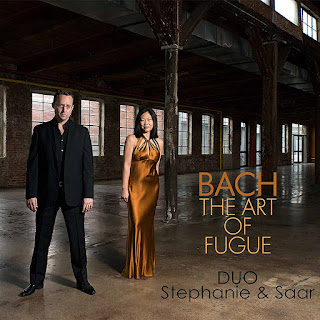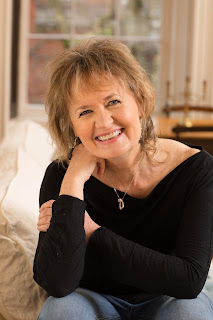 |
| Dominic Robertson: Mozart vs Machine - Mahogany Opera Group |
Dominic Robertson Mozart vs Machine; Frederic Wake-Walker, Mahogany Opera Group; Jubilee Hall, Aldeburgh
Reviewed by Tony Cooper on Sep 17 2017
Star rating: 5.0
A zany, surreal, vaudeville-type show that puts Wolfgang Amadeus Mozart on trial and firmly in the dock
 |
Rebecca Bottone
Dominic Robertson: Mozart vs Machine - Mahogany Opera Group |
A high-octane mash-up of Mozart opera, electronic sound and video projection, Mozart vs Machine (created by Dominic Robertson) puts the Mahogany Opera Group, under the artistic direction of Frederic Wake-Walker, a visionary, challenging and unfussy director, centre stage of creative thinking. The company is currently touring the work and we caught it on 17 September 2017 at the Jubilee Hall, Aldeburgh, Suffolk.
Developed through Mahogany’s Various Stages programme,
Mozart vs Machine received generous support from
Sound and Music, the national charity for new music in the UK whose mission is to maximise the opportunities for people to create and enjoy new music, while
Arts Council England and
PRS for Music Foundation helped greatly, too.
Collectively, all of these financial contributions have helped tremendously towards the cost in bringing to the stage a totally-absorbing and totally-original work - but a totally mind-boggling one, too - that fitted perfectly the stage and ambience of Aldeburgh’s warm and intimate Jubilee Hall which, by the way, hosted the world premières of Britten’s
A Midsummer Night’s Dream, Walton’s
The Bear and Harrison Birtwistle’s
Punch and Judy.
Wake-Walker and Mahogany are no strangers to Jubilee Hall either and triumphed here with
Russian Tales (set to a score by Stravinsky/Walton) and
Folie à Deux, a collaboration between British composer Emily Hall and Icelandic writer Sjón which brought classical, electronic and folk sounds together in a mesmerising and effective show. Now
Mozart vs Machine - whose scenario focuses on the 20th-century American electronic-instrument inventor/composer, Raymond Scott and the 18th-century classical composer, Wolfgang Amadeus Mozart - is added to the growing list.
 |
| Dominic Robertson: Mozart vs Machine - Mahogany Opera Group |
Currently, the trustees of Jubilee Hall hold exciting plans to bring the venue into the 21st century without losing its historical patina and
Mozart vs Machine is the first time that they have promoted an event of this kind for a considerable number of years which was presented in association with the HighTide Festival celebrating this year its eleventh edition.
Although presented and produced by an opera group, Mozart vs Machine is so far removed from the genre of opera. A ‘musical installation’ more like it but described by Wake-Walker as an ‘electronic essay collage opera’. That’s ok by me!
The brainchild of composer Dominic Robertson (formerly known as Ergo Phizmiz) he has created first hand a surrealist work which combines live and pre-recorded music, shadow puppetry and video images whilst gathering together some of history’s most iconic artists highlighting them within a theatrical sci-fi-game-show while forging together ideas and notes from across history into an irreverent collage of music, theatre or whatever, blurring the boundaries of opera and performance art. Only one musician appeared on stage, the musical director, Katherine Tinker, gracefully attired in 18th-century dress playing harpsichord.
Within his creative framework, Robertson has cleverly incorporated - with a little help from French illusionist and film pioneer Georges Méliès and Lewis Carroll’s Logic Game not forgetting composers John Cage and J S Bach - digital reconstructions which found space with scissors-and-glue edits and inversions of Mozart scores while music-box transcriptions were reversed and flipped and in doing so melodies and progressions are quoted and transformed along the way.
Central to the work is the question of how vital the march of technology is to the transformation of music. What happens, for instance, when someone like Mozart, a composer of paper and ink, is placed in theoretical space with a person such as Scott, an inventor of chance-generated loop machines?







































%20TallWall%20Media_Oxford%20Song.jpg)
%20TallWall%20Media_Oxford%20Song.jpg)
%20TallWall%20Media_Oxford%20Song.jpg)

